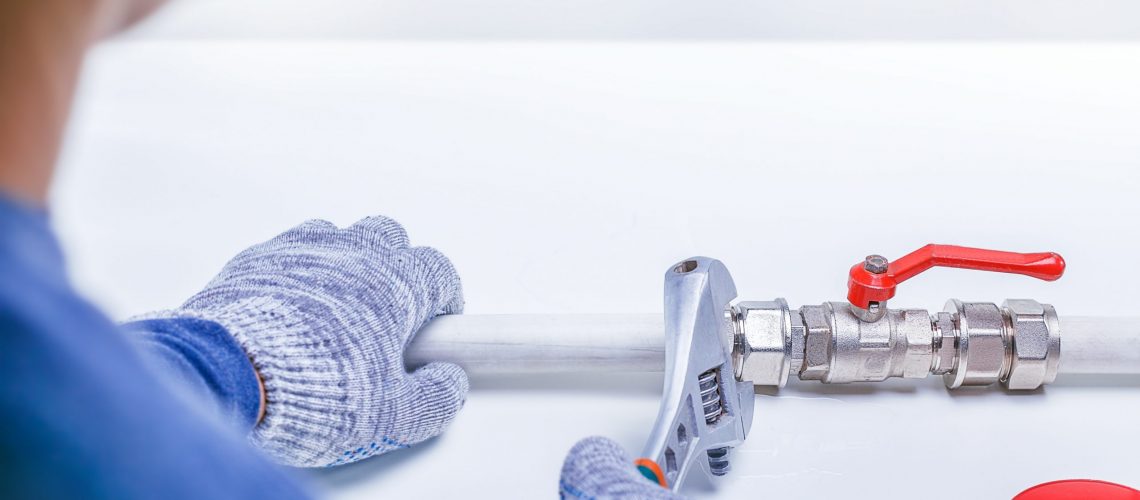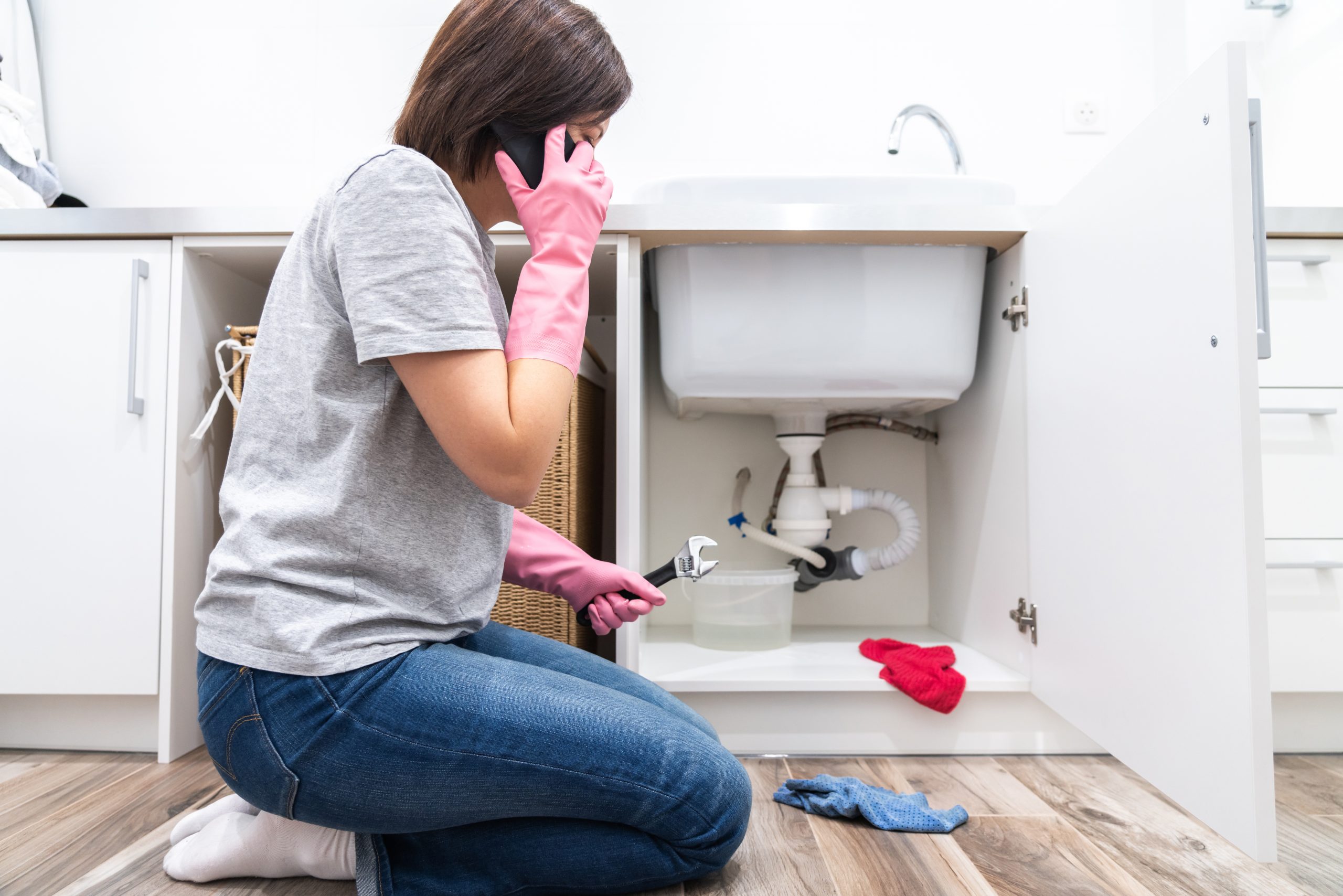Every single thing in your kitchen, or your home, generally, depends on good kitchen plumbing. Otherwise, not a thing would be running smoothly and efficiently. Without a well-operating kitchen plumbing system, you won’t be able to use your ice cube dispensers, nor your refrigerators, hot water for dishwashing, and a lot more inconveniences will be coming your way. These issues are causing a lot more problems in your home down the road.
It’s always a wise decision to call a professional plumber whenever the need arises, but there are times when professional help is not always accessible. In this case, you will be forced to perform minor repairs yourself, and it would greatly help if you had sufficient DIY skills. Below are common kitchen plumbing problems and how you can fix them.
Low Water Pressure at the Kitchen Sink
Weak water flow at the kitchen sink might signify that you are having a clogged aerator. This happens when minerals like calcium accumulate in the aerator as they go along with water as it flows through. To fix this issue, you can simply remove the aerator using a brush dipped in vinegar. Replace it right after wiping out all the debris and making sure it’s all cleaned.
Leaking Kitchen Faucet
Generally, leaking faucets and any problem of that sort require professional help. To first-aid the kitchen plumbing issue, check for common problems before calling in a professional plumber.
If you notice the faucet leaks from the bottom, there is a great chance that it’s due to a worn O-ring seal. If you plan to disassemble the faucet yourself, be sure to turn off the water source first to avoid more complications during the process. Gently remove the coupling nut and induce the spout right from its socket to access the O-ring.
Clogged or Leaking
There is a P-shaped trap tailored to prevent sewer gases and foul odors from sneaking inside your home. With the help of gravity, water is pulled into the curved section of the pipe, which blocks out the gases. Substance buildup such as soap scums or grease can accumulate in the P-trap and eventually blocks the water from flowing. Sometimes this also causes water leaks.
If you need to check the P-trap, place a container below it and loosen up the slip nuts using pliers. Make sure to do this at each end and remove the trap.
Garbage Disposal Care
It is basic human decency to always dispose of garbage properly. Those homes with a garbage disposal are fortunate, but they cannot handle wastes like grease and bones. Food wastes are sometimes the reason why garbage disposal gets clogged and stops working. If you are faced with this problem, you may simply press the reset button. To prevent any kitchen plumbing problems, let cold water run down the drain for 15 seconds before using it. You may also repeat the same step for around 30 seconds after using it.
Dishwasher Leaks
When you want to search for a leak location, make sure to check the following problems that may be causing the leak before pulling the dishwasher out.
- Broken float switch
- Damaged spray arms
- Leaky door gaskets
- Leaks
Insufficient or No Hot Water at All
Your water heaters may need upgrading if you have recently added a water-using appliance to your kitchen. If there’s just too many appliances using a water heater, you might face hot water insufficiency.
Insufficient or no hot water being produced may be due to a damaged gas pilot, thermocouple, or control valve. Sometimes it can also be due to a broken dip tube. This tube allows cold water to get to the bottom of the water tank for heating. If this is damaged, you can easily replace it by disconnecting the cold water inlet and undo the pipe nipple.
Clogged Drains
Debris buildup in the drains can disrupt the flow of water through the drains. You can use a plunger as a first aid to this kind of problem, as it is also a safe way to unclog your drains compared to chemical drain cleaners, which damages your pipes over time. Choose a product that is organic or eco-friendly to be safe. You may also resort to the classic DIY solutions that our great ancestors have passed down to us – baking soda and water or baking soda and vinegar. This combo never fails us. You can trust the process just by watching the bubbling action breaking up the clog. All you have to do is wait for about half an hour and then run hot water down the drain right after.


